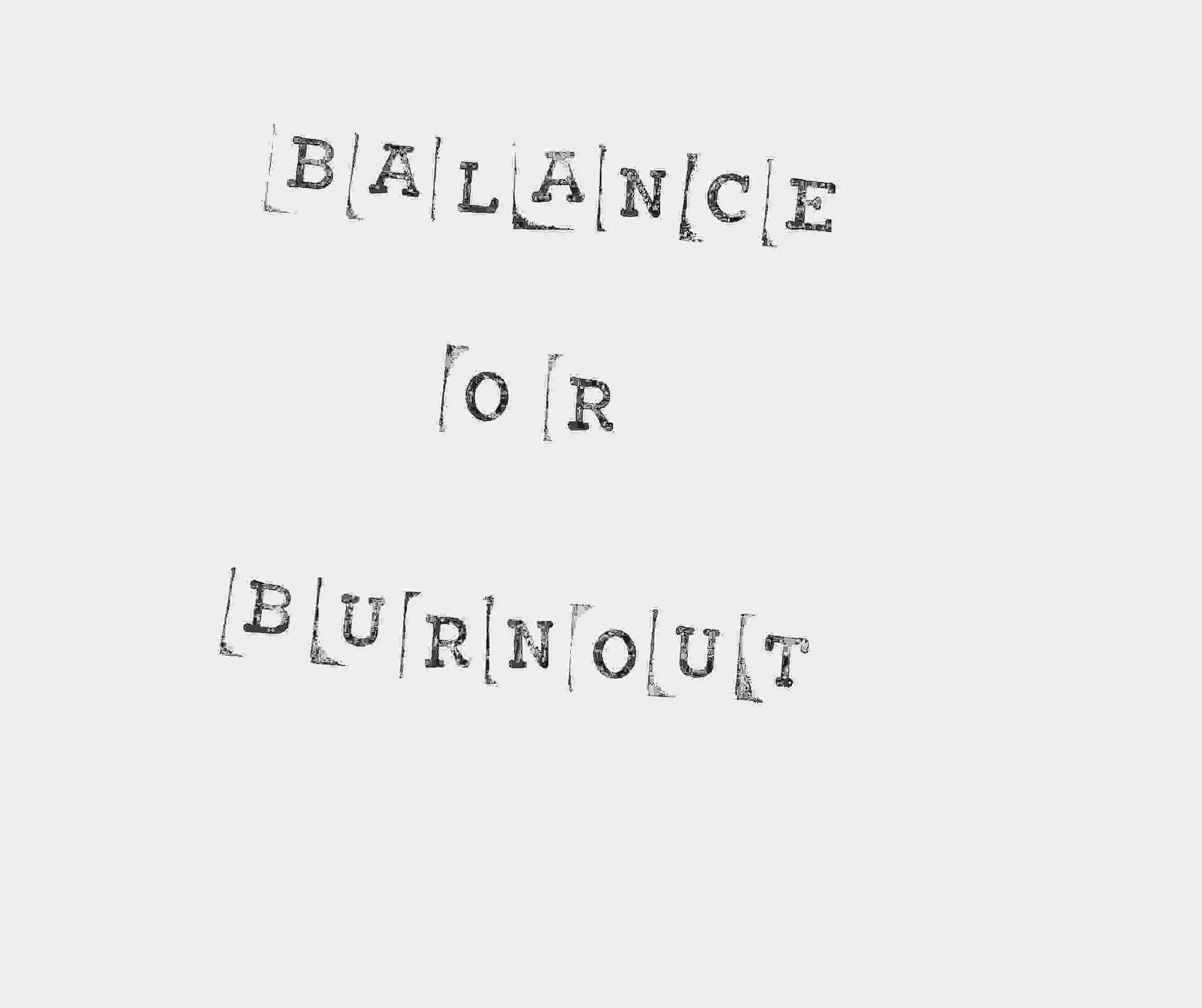
As a metaphor for the draining of energy, Burnout refers to the ‘Extinguishing of a candle’. It implies that once a fire was burning but the fire cannot continue burning brightly unless there are sufficient resources that keep being replenished. Over time, employees experiencing burnout lose the capacity to provide the intense contributions that make an impact. From their own perspective or that of others, they accomplish less.
Historically, Graham Greene was the first author to use the term burnout in his novel “A Burnt-Out Case”. Later, the term was picked up and introduced in the psychological sphere by Freudenberg, where he described burnout as a state of exhaustion, fatigue, and frustration due to a professional activity that fails to produce the expected expectations. Christina Maslach and her colleagues came across the term in California when interviewing a variety of human services workers. Maslach interviewed them where she learned that these workers often felt emotionally exhausted, that they developed negative perceptions and feelings about their clients or patients, and that they experienced crises in professional competence because of the emotional turmoil. These practitioners referred to this syndrome as “burnout”.
Further adding to her research Maslach says that ‘Burnout is not a mental health issue but it’s a occupational phenomenon which people face when they have to go through continuous stress at there work . If continued this might lead to issues related to Depression and Anxiety’.
The relevance of burnout should not only be highlighted by its prevalence but also by its outcomes which can be both on the individual and the organizational level.
On the individual level, burnout can have long-term effects on the health of the victims, as for instance, several studies have shown that those with high levels of burnout had a higher rate of hospital admissions for cardiovascular problems and a greater risk for mental health problems.
On the organizational level, burnout can lead among others to lower productivity, and reduced effectiveness, job satisfaction and commitment to both the job and organization. Moreover, burnout has also been associated with absenteeism, the intention to leave the job and actual personnel turnover.
What might even be more troublesome for organizations is the evidence that burnout can be contagious among colleagues.
Dimensions of Burnout –
- Emotional exhaustion-This dimension manifests in the form of feelings and sensation of being exhausted by the psychological efforts made at work. It is also described in terms of weariness, tiredness, fatigue, weakening, and the subjects who manifest this type of feelings show difficulties in adapting to the work environment since they lack sufficient emotional energy to cope with work tasks.
- Cynicism or depersonalization-The interpersonal component of burnout is defined as a response of detachment, indifference and unconcern towards the work being performed and/or the people who receive it. It translates into negative or inappropriate attitudes and behaviours, irritability, loss of idealism, and interpersonal avoidance usually towards service users, patients, and/or clients.
- Reduced personal achievement-This dimension is reflected in a negative professional self-evaluation and doubts about the ability to perform the job effectively, as well as a greater tendency to evaluate results negatively. It also translates into a decrease in productivity and capabilities, low morale, as well as lower coping skills.
6 areas of Work life contributing to Burnout-
At the organization level, conditions that contribute to burnout can be classified into six core domains: workload, control, reward, community, fairness, and values (drawn from research by Christina Maslach and Michael P. Leiter of the University of California at Berkeley and Acadia University, respectively).
1.Workload- Chronic excessive workload contributes to burnout by preventing employees from having the opportunity to rest and recover; it hinders their ability to meet job demands. Both quantity and type of workload contribute to burnout. Working overtime, excessive hours, or time pressures can lead to emotional exhaustion.
2.Perceived lack of control- Lack of control relates to an employee’s capacity to influence their workload and/or work environment, professional autonomy, and access to resources that support their work. The inability to control these factors contributes to job disengagement, which, over a sustained period, can lead to burnout. Burnout due to perceived lack of control is especially seen in providers who work in fast-paced, highly demanding environments, such as inpatient settings.
3.Reward -Insufficient or inconsistent recognition and reward can contribute to employees feeling that they or their work are unimportant or undervalued. Low salaries and limited career advancement opportunities are common across behavioural health settings.
4.Community - Lack of support and trust among co-workers can contribute to unresolved workplace conflict, leading to feelings of exhaustion and depersonalization.
5.Fairness- There is a lack of system of justice and fair procedures which maintain mutual respect in workplace. Inequitable procedures can lead to cynicism towards one’s job, which can result in burnout.
6.Values -Dissonance between an employee’s and organization’s values can contribute to burnout as employees may experience less job satisfaction when their work or the organizational culture is not aligned with their personal goals or motivations.
In short, I would like to end this article with ‘Burnout is a signal that things are not going at a good pace. People especially organisations think about burnout as an Individual problem but it’s about the interaction between the demands of the job and the employee. Work environments with excessive work schedules and high levels of demands, as well as the need to prove that one is worthy of a certain position, leave workers emotionally drained, cynical about work, and with a low sense of personal accomplishment’.
